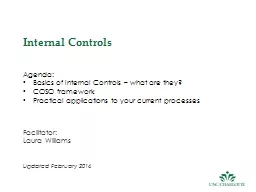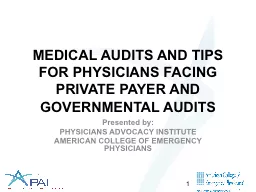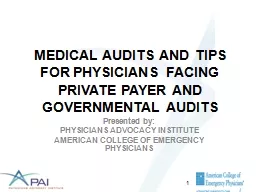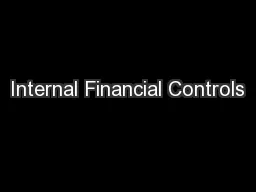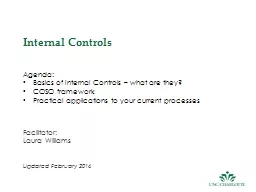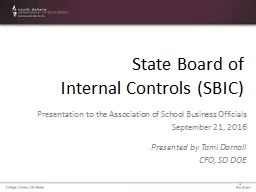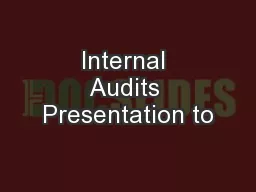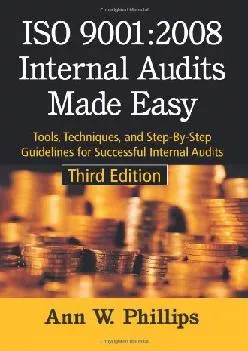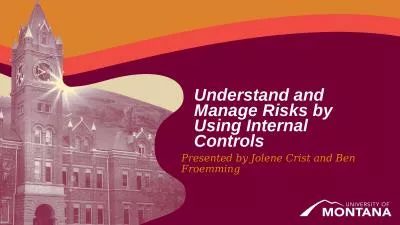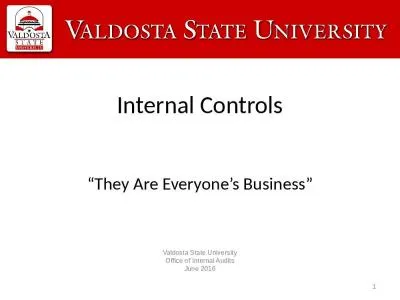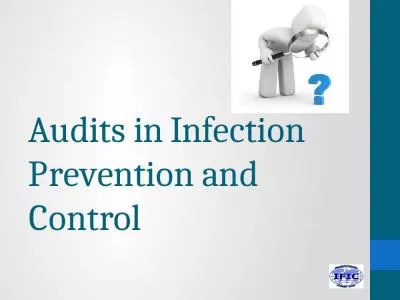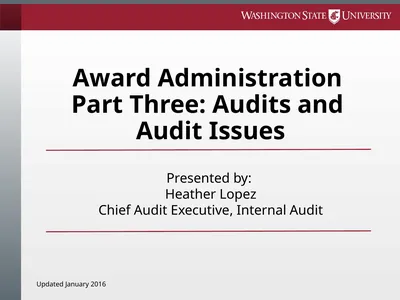PPT-Audits and Internal Controls
Author : min-jolicoeur | Published Date : 2019-11-09
Audits and Internal Controls Presented by Tami Bidle Financial Reporting Manager Business ServicesController Heather Lopez Chief Audit Executive Internal Audit August
Presentation Embed Code
Download Presentation
Download Presentation The PPT/PDF document "Audits and Internal Controls" is the property of its rightful owner. Permission is granted to download and print the materials on this website for personal, non-commercial use only, and to display it on your personal computer provided you do not modify the materials and that you retain all copyright notices contained in the materials. By downloading content from our website, you accept the terms of this agreement.
Audits and Internal Controls: Transcript
Download Rules Of Document
"Audits and Internal Controls"The content belongs to its owner. You may download and print it for personal use, without modification, and keep all copyright notices. By downloading, you agree to these terms.
Related Documents


